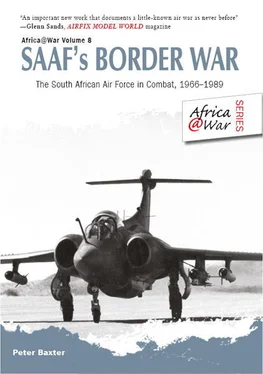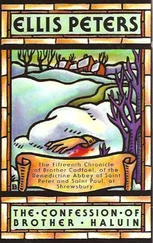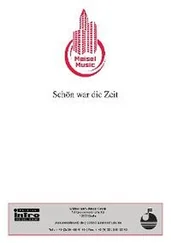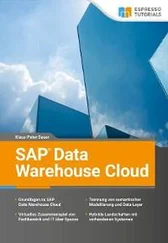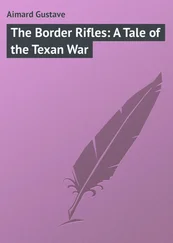Peter Baxter - SAAF's Border War
Здесь есть возможность читать онлайн «Peter Baxter - SAAF's Border War» весь текст электронной книги совершенно бесплатно (целиком полную версию без сокращений). В некоторых случаях можно слушать аудио, скачать через торрент в формате fb2 и присутствует краткое содержание. Город: Solihull, Год выпуска: 2013, ISBN: 2013, Издательство: Helion & Company, Жанр: military_history, на английском языке. Описание произведения, (предисловие) а так же отзывы посетителей доступны на портале библиотеки ЛибКат.
- Название:SAAF's Border War
- Автор:
- Издательство:Helion & Company
- Жанр:
- Год:2013
- Город:Solihull
- ISBN:978-1-908916-23-5
- Рейтинг книги:3 / 5. Голосов: 1
-
Избранное:Добавить в избранное
- Отзывы:
-
Ваша оценка:
- 60
- 1
- 2
- 3
- 4
- 5
SAAF's Border War: краткое содержание, описание и аннотация
Предлагаем к чтению аннотацию, описание, краткое содержание или предисловие (зависит от того, что написал сам автор книги «SAAF's Border War»). Если вы не нашли необходимую информацию о книге — напишите в комментариях, мы постараемся отыскать её.
SAAF's Border War — читать онлайн бесплатно полную книгу (весь текст) целиком
Ниже представлен текст книги, разбитый по страницам. Система сохранения места последней прочитанной страницы, позволяет с удобством читать онлайн бесплатно книгу «SAAF's Border War», без необходимости каждый раз заново искать на чём Вы остановились. Поставьте закладку, и сможете в любой момент перейти на страницу, на которой закончили чтение.
Интервал:
Закладка:
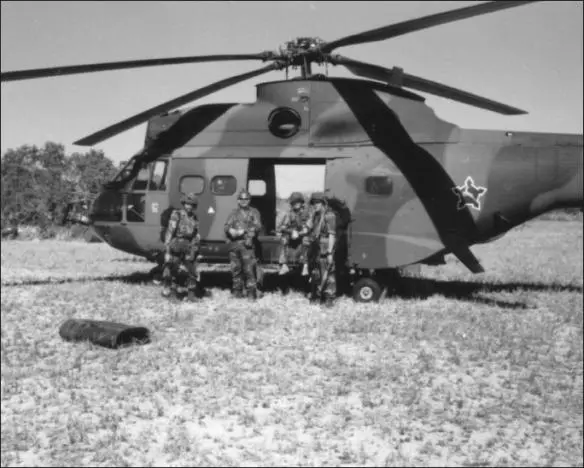
South West Africa had initially been legally governed by South Africa as a League of Nations mandate which continued to be the case beyond the Second World War, notwithstanding gentle pressure from the League for South Africa to not grow too attached to the territory. Pretoria had indeed begun to regard South West Africa as a fifth province of the Union, making no secret of the fact that this was precisely how she would like to see the matter of future sovereignty resolved.
However, in 1966, the UN General Assembly passed Resolution 2145 that both terminated South Africa’s mandate over South West Africa and assumed responsibility for the territory itself. A year later the Council for Namibia was formed with a view to mapping out a route toward independence in keeping with the general handover of power to indigenous responsibility that was underway continent-wide. South Africa ignored all this, continuing instead to integrate South West Africa into the South African political system, complete with a blueprint for the establishment of South African-style bantustans (black ‘homelands’).
Throughout the 1960s and 1970s the UN worked hard to pry South West Africa loose from South African control. World opinion, certainly where it mattered most, tended to be ambivalent at best. South Africa remained open for business, and business was good. South Africa, it must be remembered, occupied an economic stratum that bore almost no resemblance to any other on the continent. The SAAF, just as one example, was flying Mirage FIs, not one of which had been paid for by donor funds and nor were any current military assets gifts from a friendly government. South Africa was solvent and it had influence.
The 1980s, on the other hand, was very different. The international organization of the anti-apartheid movement had developed considerably, with placements in every major world capital, with ambassadors at large such as Winnie Mandela and Desmond Tutu and with such icons of the struggle as Steve Biko and Nelson Mandela to call on, an era of powerful and popular grassroot global support for change in South Africa was introduced. Most importantly though, South Africa found herself strategically alone and backed into a corner. In September 1978, United Nations Security Council Resolution 435 was adopted that proposed a ceasefire and UN-supervised elections in South African-controlled South West Africa, which ultimately was to lead to the independence of Namibia, nullifying any efforts South Africa was attempting to make to develop an internal settlement with moderate black interests that did not include SWAPO.
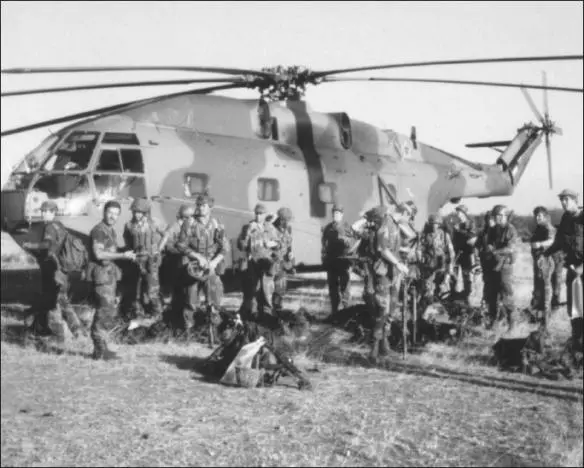
Throughout the remainder of the life of the Cold War, South Africa resisted ongoing and intensifying United Nations pressure for an inclusive settlement, stating consistently, and not altogether unreasonably, that an unopposed SWAPO walk-in and the unashamedly Marxist-oriented administration of Namibia that would undoubtedly occur was unacceptable to South Africa. This would remain the position until the collapse of the Soviet Union, at the end of the 1980s, removed the basis of this argument.
In the meanwhile, the war went on. The pattern of attrition aimed at preventing PLAN build-ups within striking distance of the cut-line and the running to ground and liquidation of those units that had succeeded in penetrating the country had gradually begun to take the sting out of SWAPO.
In addition, South Africa had become more deeply involved in supporting UNITA which had emerged from a point of virtual extinction in the late 1970s to a robust guerrilla organization with expanded relations with both the US and South Africa. Many of the key actions and operations that would define the 1980s on the battlefield were undertaken in cooperation with, or in support of, UNITA.
CHAPTER SIX:
OPERATIONS PROTEA AND DAISY , AND A TURNING OF THE TIDE
In an effort to shield itself from the unrelenting attentions of the SADF, PLAN had adopted the rather sensible strategy of nestling itself under the wing of FAPLA in the hope and understanding that South Africa, bearing in mind the ongoing political process and the general hue and cry that accompanied any overtly aggressive action, would baulk at mounting any direct action against the constituted armed forces of Angola. Several key SWAPO bases and command-and-control structures were therefore co-located alongside brigade-strength Angolan positions centred on the two southern Angolan towns of Xangongo and Ongiva. Both these were reasonably substantial towns, the latter located closer to the South West African border, no more than 50 kilometres from the Oshikango border post and within reasonably easy striking distance of SWAPO’s designated ‘North-western Front’, the populous Owamboland native-autonomous area where SWAPO enjoyed most of its grassroot support, and the adjacent and considerably more remote Kaokoland, both located in SADF Sector 10 operational area. Surrounding both was a number of satellite camps and radar installations, all increasingly fortified by heavy weapons and strong anti-aircraft installations.
All this obviously presented a tempting target to the SADF which continued to exhaust manpower and equipment dealing piecemeal with an escalating SWAPO insurgency in the central border regions. In addition to this, such an obvious military buildup so close to the border, particularly in the matter of radar and anti-aircraft capability, represented an unacceptable level of threat to both border security and local air superiority.
As the South Africans pondered this rather brazen conventional build-up, a broader strategy began to evolve of clearing a buffer zone a minimum of 50 kilometres deep inside Angola, but practically speaking much deeper than this in places, to drive both FAPLA and PLAN north and away from a situation of being able to directly threaten South West Africa. This buffer zone would be known as the Shallow Area and could be justified as legal in the face of the inevitable hue and cry that would follow based on international laws which prohibit host countries, in this case Angola, from allowing surrogate organizations to launch hostile insurgencies from their territories into those of international neighbours.
Planning for Operation Protea began early in 1981. The objective would be to deal with the current military threat using a classic combined air and ground assault on two key installations, Xangongo and Ongiva, with further and very heavy air attention applied against various other related targets in order to knock out local radar coverage and the associated anti-aircraft emplacements. The main attack force would consist of two mechanized armoured fighting groups, task forces Alpha and Bravo. TF Alpha, equipped with armoured cars, artillery, Ratel and Buffel armoured personnel-carriers, would handle the main assaults against Xangongo and Ongiva while TF Bravo would range farther afield in a search of known or suspected SWAPO training and logistics bases. Attached to each fighting group would be SAAF MAOTs, or mobile air operations teams, charged with liaison and advising on air support as the attack progressed. [14] MAOTs were SAAF teams usually comprising an OC (pilot), an operations officer, an intelligence officer, a radio operator and one or two clerks. Teams and equipment were typically airlifted into a tactical HQ co-located with the army or police or in a mobile situation as part of a motorized column as part of the command HQ. The MAOT acted as an advisory to a field commander regarding close air support as operations progressed, interpreting highly dynamic conditions on the ground into practical air support operations. (See appendix for a firsthand account of an MAOT on Operation Askari ).
Интервал:
Закладка:
Похожие книги на «SAAF's Border War»
Представляем Вашему вниманию похожие книги на «SAAF's Border War» списком для выбора. Мы отобрали схожую по названию и смыслу литературу в надежде предоставить читателям больше вариантов отыскать новые, интересные, ещё непрочитанные произведения.
Обсуждение, отзывы о книге «SAAF's Border War» и просто собственные мнения читателей. Оставьте ваши комментарии, напишите, что Вы думаете о произведении, его смысле или главных героях. Укажите что конкретно понравилось, а что нет, и почему Вы так считаете.
